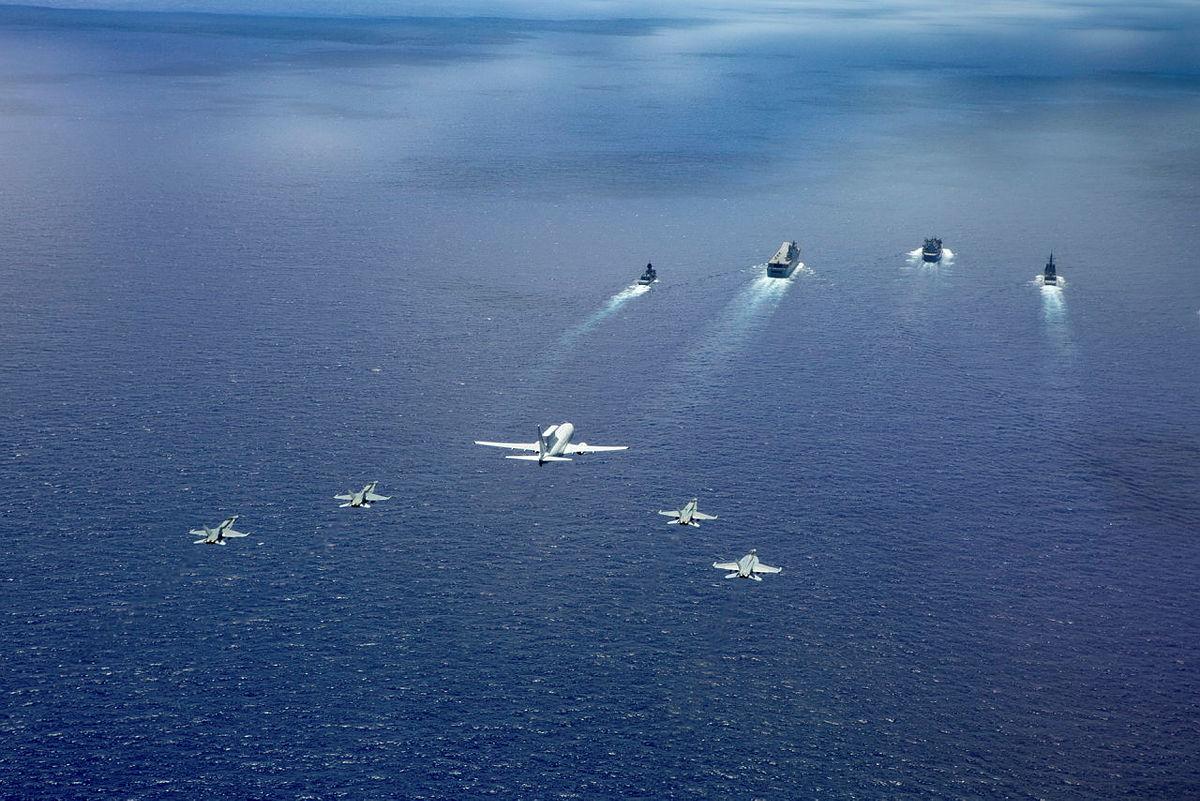
The 2020 defence strategic update released last month provides a sobering analysis of Australia’s strategic environment and the risks we must manage. The document lays out a conflation of pressing issues and concludes that ‘major power competition has intensified and the prospect of high-intensity conflict in the Indo-Pacific, while still unlikely, is less remote than in the past.’
Defence policy is all about managing risk, and in this regard the update has been well received. Its frank, forthright but balanced tone about the risks of our strategic environment has been appreciated by the public and the policy community alike. But getting our defence policy right isn’t only about understanding our external environment. Aligning strategy, force structure and operating concepts is just as much about managing our internal risks and challenges.
In addressing these challenges and the increased risk of conflict, the strategic update makes a number of issues clear. The focus is no longer on fighting wars of choice in the Middle East with our major-power ally. It is in the Indo-Pacific—especially the area from the northeast Indian Ocean through maritime and mainland Southeast Asia to Papua New Guinea and the southwest Pacific—where the Australian Defence Force must be prepared to operate, and if need be fight.
The update provides a significantly revised set of strategic objectives. The first of these is ‘to shape Australia’s strategic environment’. This the ADF should be able to take in its stride.
Australia’s military has a long and extensive history of deep engagement in our region, from the persistent presence of the navy in regional waters to the army’s and air force’s extensive engagement activities and our broad portfolio of military exercises with regional partners, big and small. A stronger emphasis on military diplomacy has been apparent in the ADF for the better part of a decade.
But other objectives of the new strategy, to ‘deter actions against Australia’s interests’ and ‘to respond with credible military force’ in a potential high-end conflict, will provide a profound challenge to our military culture. They strike deep into the heart of our military services’ pre-existing ideas about capabilities, organisation, doctrine and structures, as well as the ability of the ADF to operate as a joint force. This goes fundamentally to the ability of our military to adapt and innovate.
For instance, it took over a decade from the release of the 1976 Australian defence white paper to the 1987 The defence of Australia white paper to align strategy and force structure. The internal battles among the three military services and with the Defence Department during this decade are legendary. In the lead-up to the 1987 white paper, Defence Minister Kim Beazley broke the deadlock by commissioning Paul Dibb to undertake an independent review of Australia’s defence capabilities.
The 2020 update’s strategic reassessment must translate through to Australia’s defence planning, force structure changes and the ADF’s operating concepts. But, as the document lays out, unlike in the past, we don’t have the luxury of time.
Previous defence planning had assumed a 10-year strategic warning time for a major conventional conflict. The update makes it clear that this is no longer ‘an appropriate basis for defence planning.’
Changes are required now, and they are not insignificant. The ADF has been deployed on operations and developed combat experience over three decades in the Middle East. This experience is built mainly around counterinsurgency and maritime security operations. A generation of experience has been acquired by the ADF, with each of the individual services embedded with their US military counterparts, in places far from Australia where access and bases are secure.
This stands in contrast to the new role this strategy requires of our ADF. The geography is local. Their tasks require a much greater emphasis on operating as a joint ADF, as opposed to single services. The threat is much more centred on high-end conventional conflict, and the role is denial.
The changes required will be profound. The 2020 update therefore leaves us with more questions than answers. How will the joint ADF operate in our region, especially one defined by a maritime environment featuring expansive archipelagos with population, infrastructure, economic and military power clustered in littoral areas? How will the air force provide protection to the navy in these areas? How well can the navy deploy and sustain our army in this region? How will our army fight?
The current force structure and most of our planned military capabilities predate the new strategic approach. They are largely the products of single-service preferences conceived under different strategic circumstances. That means much of our planed military expenditure doesn’t address these questions, and in some cases it exacerbates the problems.
However, the current military is armed with some key positional advantages for this challenge. The decisions to create the ADF in 1976 and then to create a joint command structure in 1987 have endeavoured to make our military more than just a sum of its parts. More recently this was supported by the 2015 first principles review, which provided for a capability manager for joint capabilities and streamlined the powers of the chief of the ADF. In addition, the quality of the ADF leadership at the moment is very high and they seem focused on the task ahead.
Most significantly, the 2020 update provides the ADF with an essential clarification of the strategic direction. It will, however, live or die on Defence’s ability to drive through the required reforms.
The risks are real. Despite decades in development, the ADF’s single service cultures and parochialism still run deep. Reform has often been too slow; as the first principles review noted, there have been 48 previous reviews dating back to 1973.
In an era that our army describes as ‘accelerated warfare’, the internal risks we need to overcome to manage our external environment will be critical. Otherwise, we might just find that our prevailing military culture eats our new strategy for breakfast.